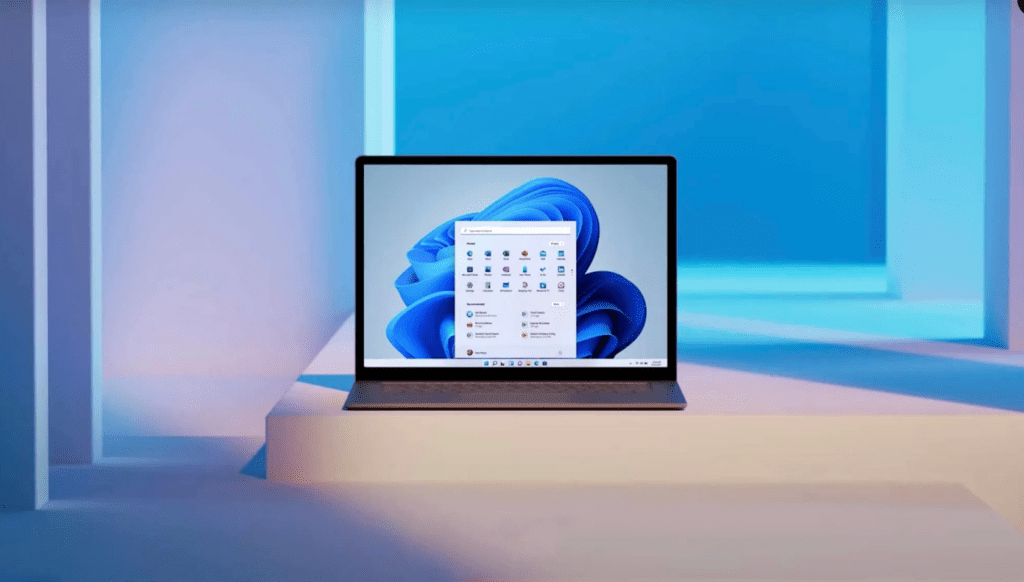Introduction
In a recent widespread technical disruption, a faulty update from cybersecurity provider CrowdStrike caused a significant global outage, affecting various crucial sectors such as banks, airlines, and broadcasters. This unexpected issue led to numerous Windows machines experiencing the infamous Blue Screen of Death (BSOD), rendering them inoperable and causing a severe impact on business operations worldwide.
The Source of the Problem
The chaos began with an update from CrowdStrike, a leading cybersecurity firm known for its robust security solutions for Windows PCs and servers. However, this particular update contained a defect that triggered a BSOD on thousands of machines. The malfunction forced the systems into a recovery boot loop, preventing them from starting up correctly and significantly disrupting operations across different industries.
Widespread Impact
The initial reports of the issue came from Australia, where banks, airlines, and TV broadcasters experienced significant outages. As the working day commenced in Europe, the problem escalated, affecting more businesses and services. Notably, UK broadcaster Sky News could not air its morning news bulletins, displaying an apology message instead. Ryanair, one of Europe’s largest airlines, reported disruptions attributed to a third-party IT issue, impacting flight schedules.
In the United States, the Federal Aviation Administration (FAA) stepped in to assist major airlines such as Delta, United, and American Airlines, which faced communication issues. The FAA closely monitored the situation and provided ground stop assistance to airlines until the problem could be resolved.
Technical Hurdles
The root cause of the issue was an update to a kernel-level driver used by CrowdStrike to secure Windows machines. Although CrowdStrike identified and reverted the faulty update, this fix did not help the machines already affected. IT administrators now face the daunting task of manually booting affected machines into safe mode, navigating to the CrowdStrike directory, and deleting a specific system file. This process is even more complicated for cloud-based servers and remotely deployed Windows laptops.
CrowdStrike’s Response
CrowdStrike CEO George Kurtz addressed the issue, assuring customers that the company is actively working to mitigate the impact. He emphasized that this incident is not related to a security breach or cyberattack but is a technical fault within the content update for Windows hosts. Kurtz also confirmed that Mac and Linux hosts are unaffected by this issue.
Global Repercussions
The outage has had far-reaching consequences. Berlin airport has warned travelers of delays due to “technical issues.” Emergency services have also been impacted, with 911 call centers in Alaska reporting difficulties. In India, some airlines have resorted to issuing handwritten boarding passes due to the outages.
The situation has caused considerable inconvenience and operational challenges for businesses worldwide. IT administrators are sharing workaround solutions on forums like Reddit, discussing methods to temporarily resolve the issue, though these solutions are often labor-intensive and not feasible for all environments.
Looking Ahead
This incident highlights the critical importance of rigorous testing and contingency planning in software deployment. As businesses and service providers work to restore normal operations, the broader implications for cybersecurity and IT management practices are becoming increasingly evident. Organizations will likely re-evaluate their dependency on single points of failure in their IT infrastructure and bolster their disaster recovery plans to better handle such widespread technical issues in the future.
Conclusion
The BSOD issue triggered by CrowdStrike’s faulty update serves as a sobering reminder of the vulnerabilities inherent in our digital infrastructure. As IT teams worldwide continue to tackle the fallout, the focus will shift towards preventing such incidents in the future through more robust safeguards and improved response strategies.
Questions
How can businesses improve their disaster recovery plans to handle similar technical issues in the future?
What steps can cybersecurity firms take to ensure rigorous testing of updates before deployment?
How should organizations balance the need for security updates with the potential risks of widespread disruptions?
Your feedback and thoughts are welcome! Please leave a comment below and share your experiences or suggestions on handling such technical challenges.









